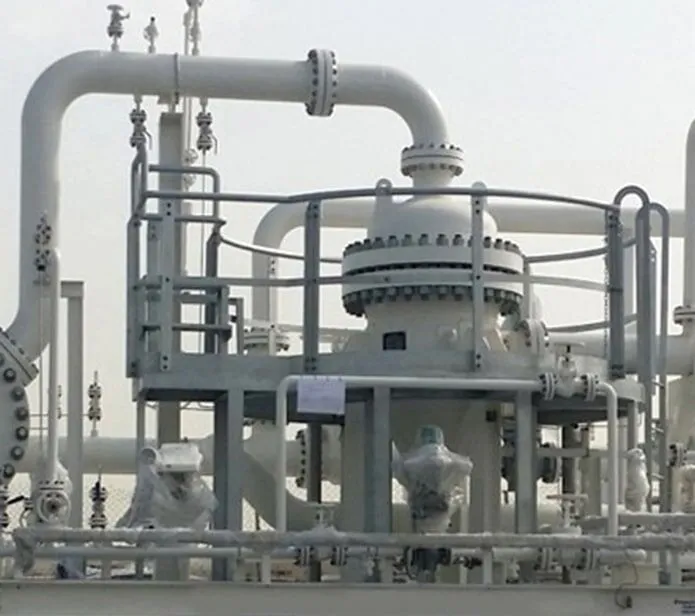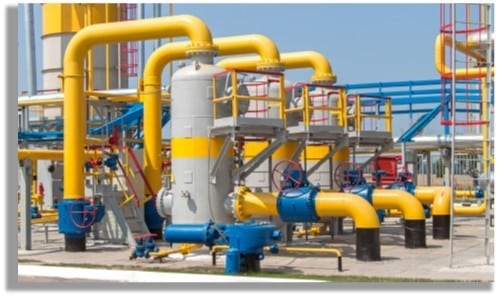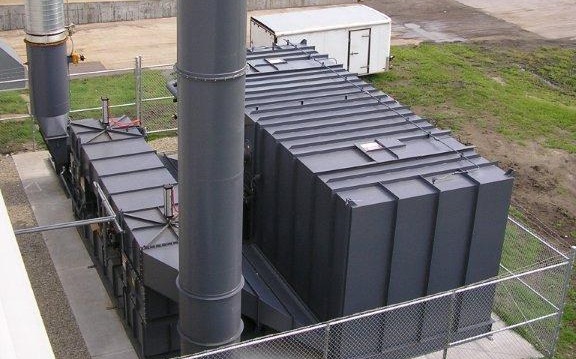There are two general categories of maintenance – corrective maintenance (reactive maintenance undertaken only once a problem has arisen) and preventive maintenance (proactive maintenance). Preventive maintenance is the preferred strategy for achieving maximum equipment and process uptime, extending the useful life of your equipment, and optimizing your total cost of ownership (TCO).
Preventive maintenance (PM) is the care and servicing of equipment for the purpose of maintaining it in satisfactory operating condition by providing the systematic inspection, detection, and correction of emerging failures or out-of-specification conditions either (a) before they occur, or (b) before they develop into major defects. This maintenance, including assessments, tests, measurements, adjustments, and parts replacement, is performed specifically to prevent faults from occurring. Typically, no single preventive maintenance strategy applies to all aspects of an effective maintenance program. Instead, the maintenance team will need to decide which blend of preventive maintenance strategies is best suited for a particular PM need, taking into account cost, available resources, available parameter monitoring, and efficiency.
The four preventive maintenance strategies are:
- Reliability Centered Maintenance (RCM)
- Planned/Scheduled Maintenance (P/SM)
- Condition Based Maintenance (CBM), or Predictive Based Maintenance
- Performance Based Maintenance (PBM)
RCM prioritizes safety and focuses on reliability and cost control. As a result, the most effective maintenance programs are usually established with a Reliability Centered Maintenance (RCM) philosophy leading preventive maintenance.
Reliability Centered Maintenance (RCM)
RCM is a systematic approach to ensure that equipment continues to do what its users require in the current operating context. Successful implementation of RCM leads to an increase in cost effectiveness and equipment uptime, and a greater understanding of the level of risk that the organization is managing. RCM can be used to create a cost-effective maintenance strategy to address the dominant root causes of equipment failure.
Reliability Centered Maintenance implementation typically starts with the 7 questions below, worked through in the order that they are listed:
- What is the item supposed to do and its associated performance standards?
- In what ways can it fail to provide the required functions?
- What are the events that cause each failure?
- What happens when each failure occurs?
- In what way does each failure matter?
- What systematic task can be performed proactively to prevent, or to diminish to a satisfactory degree, the consequences of the failure?
- What must be done if a suitable preventive task cannot be found?
Reliability Centered Maintenance enables stakeholders to monitor, assess, predict and generally understand the working of their equipment. This is embodied in the initial part of the RCM process, which is to identify the operating context of the machinery, and write a Failure Mode and Effects Analysis (FMEA). The second part of the analysis is to apply the “RCM logic”, which helps determine the appropriate maintenance tasks for the identified failure modes in the FMEA.
Once the logic is complete for all elements in the FMEA, the resulting list of maintenance is “packaged”, so that the periodicities of the tasks are rationalized to be called up in work packages. Lastly, RCM is kept live throughout the life cycle of equipment, where the effectiveness of the maintenance is kept under constant review and is adjusted in light of the experience gained.
Planned/Scheduled Maintenance (P/SM)
Planned or scheduled maintenance (P/SM) refers to any variety of scheduled maintenance to an object or item of equipment. Specifically, planned maintenance is a scheduled service carried out to ensure that an item of equipment is operating correctly, thereby avoiding any unscheduled breakdowns and process downtime.
P/SM should be created for each item separately according to manufacturer’s recommendations, code criteria, performance needs, and/or regulations. Planned maintenance can be based on equipment running hours, date, or distance travelled. A good example of a planned maintenance program is where time and distance determine fluid change requirements.
Condition Based/Predictive Maintenance (CBM)
Condition based or predictive maintenance (CBM) is maintenance performed after one or more indicators indicate that equipment is going to fail in the future, or that equipment performance is deteriorating. Condition based maintenance is intended to maintain the correct equipment at the right time, and it is based on using real-time data to prioritize and optimize maintenance resources.
CBM offers 3 advantages over P/SM:
- Improved system reliability
- Decreased maintenance costs
- Decreased number of maintenance operations results in a decrease in human induced errors
However, the 4 disadvantages of CBM versus P/SM are:
- High installation costs, for minor equipment items more than the value of equipment
- Unpredictable maintenance periods are causing costs to be divided unequally
- Increased number of parts (CBM installation) that need maintenance and checking
- The equipment monitoring the system needs to be included in the PM program and has the potential to fail
Performance Based Maintenance (PBM)
Performance Based Maintenance (PBM) is based on the past operation and maintenance history or the comparison of multiple variables to determine out-of-limit conditions. The goal of PBM is to extend the recommended preventive maintenance cycle to one that allows preventive maintenance to occur well before failure. The operations and maintenance (O&M) history allows an assessment to be made regarding the condition of the system or components at the time that maintenance is conducted.
Where records consistently indicate little or no degradation from acceptable limits between maintenance intervals, a basis can be developed for extending the duration of the PM cycle.
Performance based maintenance can decrease maintenance costs. However, it requires:
- Intensive assessment up front
- Consistent monitoring for the initial duration
- Up front initial costs, if redundant readouts are needed
Ultimately, the maintenance team will decide which strategy (or blend of strategies) is the best for a specific preventive maintenance need, taking into account cost, available resources, available parameter monitoring and efficiency. Examples of these concepts in practice include:
- Planned Maintenance (e.g., yearly belt replacements)
- Condition Based Maintenance or Predictive Maintenance (e.g., oil analysis, vibration analysis, motor performance, thermography)
- Performance Based Maintenance (e.g., degradation of equipment output)



